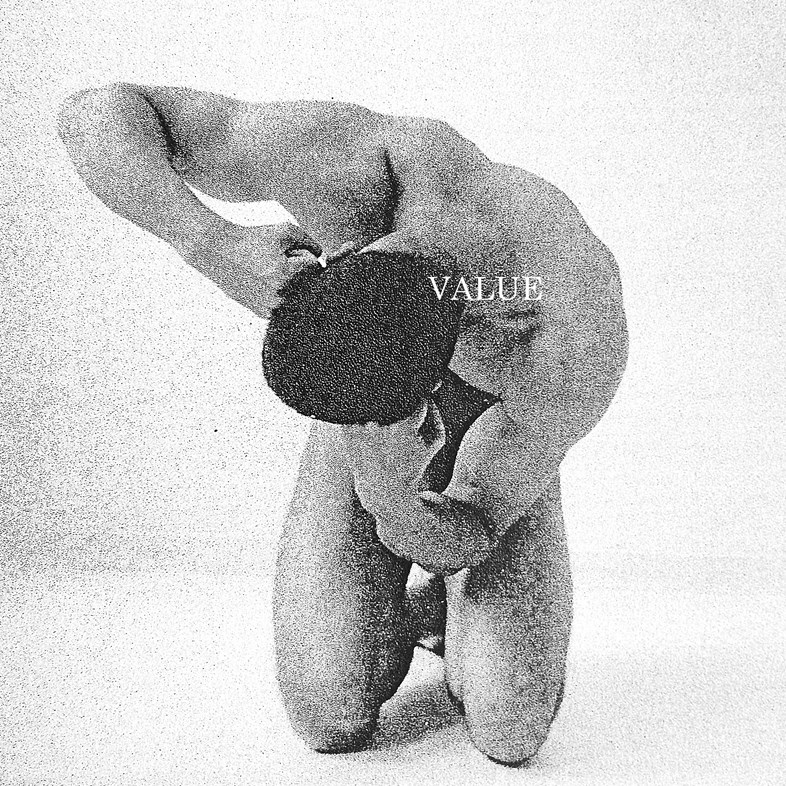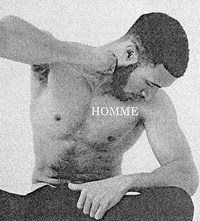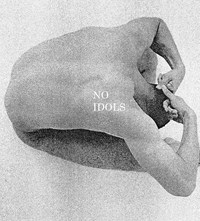Turning from grime to electronic music, Visionist is the 27-year-old Londoner crafting soundscapes for 2017 and beyond
“It’s definitely hard to be a recluse artist now,” says Louis Carnell, AKA south London electronic artist Visionist. “I think people want a story, people want to see you, people want to get to know you as much as they can.”
Being seen isn’t something the 27-year-old has always felt comfortable with – at least in a public sense. When he first emerged – initially as part of the grime scene he loved as a teenager, though he quickly gravitated towards more experimental styles – he kept himself at arm’s length from the clattering, immersive soundscapes he created. His own story was always in there, but it was hidden behind the sampled voices of Destiny’s Child or Usher – though even they were obfuscated through knotting and distorting them. But as his experimental creations gained traction thanks to a handful of EPs released on progressive labels like Keysound, Ramp and Leisure System, and he rose up in the electronic scene alongside Another Man cover star Arca and Evian Christ, he realised he wanted, tentatively, to give more of himself.
The first step was putting his own image on the cover of his debut album Safe, a conceptual release that chronicled the progression of a panic attack with uncomfortable, often overwhelming precision. On the album’s artwork his face, made pale and synthetic, “a bruised me,” stares into the camera. “I’d never done it before,” he explains over the phone from his London home. “It’s quite common for composers not to do that, but at the end of the day we’re giving out our own voice in terms of music. Putting myself on the cover was kind of the first step in doing that. Also it really opens myself up to my audience.”
With his forthcoming second album, Value, he’s gone one step further, finally inserting his own vocals into songs that ruminate on themes of self-deprecation and self-love. “When I use my own voice, it really becomes my story,” he muses. “It’s just that human addition. There’s definitely more of a vulnerability in my work when I use my own voice. I’ve always used other people’s voices to create my story, so it just made sense really, to take that next step.”

That next step has resulted in an album with astonishing breadth and a singular vision. “I wanted to push it, to create a bigger sound. It’s probably more aggressive [than Safe] in some parts, but then other parts are more stripped back. It’s probably a slightly more pleasant listen in a sense,” he laughs, “because it’s very much me having battles, with myself or with others, but then coming out the other side, feeling like I can always come out the other side in some way.”
Throughout the album, Carnell battles with opposing sounds. He imposes fluttery woodwind riffs onto metallic crashes, and melodic piano onto industrial beats and bullet spray samples – grappling with the relationship between machismo and effeminacy in sonic form. “A lot of it is me exploring myself,” he says. “Being macho can be almost like a cover-up, and what I’m trying to explore is the way you can perceive an image.”

There are ten images that comprise the artwork for Value, unveiled here – all variations of the album cover, a grainy, black and white photo of a male body (Carnell’s, though his face is hidden this time), contorted and naked, clenched fists held to his temples. It was created by Peter De Potter, the Belgian artist and Raf Simons collaborator responsible for Kanye West’s Life Of Pablo cover. “I just hit him up directly when I had a first draft of my album done,” explains Carnell, “and said I’d love to work with him. The main point for me was to have him listen to it, because there’s no point working with someone who doesn’t like my music, whether I really like what they do or not. There was no other option for me, so I’m just happy that he liked my record enough – and liked me enough – to make it happen.”
After De Potter responded enthusiastically to Carnell’s email, the pair worked on the artwork together in Antwerp. “I only say yes to the offers I get when I genuinely like the music,” says De Potter. “I think it’s a profound record. It’s a sonic landscape, obviously, but it’s also a mental landscape, you pick up on that immediately and you instinctively feel there’s something very personal at play. I think more artists should have that approach. I like to work with people who are very serious about their art because I personally think that’s the only way. It is, after all, your life work.”
Carnell’s serious alright. “I wanna be doing this for a long time,” he says firmly. “Even if I'm not out performing, I still wanna be writing music. This is not a quick game for me.”
Value is out on October 20.















